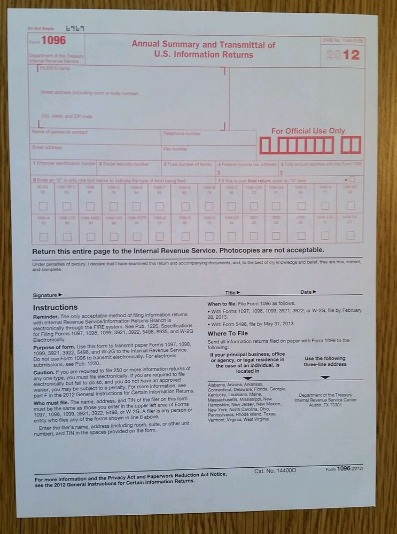Content

This includes costs such as direct materials, direct labor, and overhead. The goal of absorption costing is to find the true cost of each product so that managers can make informed pricing decisions. Under absorption costing, all manufacturing costs, both direct and indirect, are included in the cost of a product.
- Variable manufacturing overhead includes the costs to operate a manufacturing facility, which vary with production volume.
- In terms of profit since the additional units would not cost the company an additional fixed cost.
- Absorbed costs and full costs are key components of an absorption costing system.
- From the contribution margin are subtracted both fixed factory overhead and fixed SG&A costs.
- Under variable costing, total product costs were $300,000 and 10% ($30,000) of that amount would be assigned to inventory.
- For example, if there is an increase in the cost of raw materials, all products will have that cost included in their absorption costing, even though some products may not have used any raw materials at all.
Absorption costing is a costing method in which all costs attributed to the production of a product are estimated. This costing method entails a full estimation of total expenses incurred in manufacturing a product. Usually, the amount of the overheads and the value of direct materials are determined from past experience, and the overhead rate is calculated in advance. Total Absorption Costing The distribution of the accumulated overhead cost of a production department amongst its cost units is known as overhead absorption. Absorption costing recognizes the interrelationships between variable and fixed costs, while other methods may treat them as separate cost categories. Another time when absorption costing would be used is during budgeting and forecasting.
AccountingTools
The cost of a unit of product under absorption costing method consists of direct materials, direct labor and both variable and fixed overhead. Absorption costing allocates a portion of fixed manufacturing overhead cost to each unit of product, along with the variable manufacturing cost. Because absorption costing includes all costs of production as product costs, it is frequently referred to as full costing method. The absorption costing method is different from other costing methods as it considers fixed overhead costs along with variable costs while computing product cost. This method is also known as the full costing method as it considers all the costs while computing unit costs.
- Absorption costing assigns a portion of fixed costs to each unit produced, while other methods may treat all fixed costs as period expenses.
- It is also known as the recovery or application of overhead expenses to cost units.
- This is because more expenses are included in the inventory total at the end of the period.
- When using absorption pricing, fixed overhead expenses are distributed proportionately across all units produced throughout the time.
- It may give a false impression of profitability, as it includes all manufacturing costs regardless of whether they are variable or fixed.
- It is possible to use activity-based costing to allocate overhead costs for inventory valuation purposes under the absorption costing methodology.
Ideally, the quantity and cost of materials in each product are uniform, and processing is also uniform. This application of overheads is called absorption, which can be defined as the charging of overheads to production. This involves taking each cost center and applying its overheads to all the products that pass through it.
The method of absorption costing is described in what follows.
Finally, absorption costing can be used to allocate manufacturing overhead costs in a more accurate way. This is because absorption costing uses a more detailed approach to allocating overhead costs than other methods https://kelleysbookkeeping.com/ . While absorption costing includes all four of these components in its product cost calculation, another inventory valuation method known as variable costing does not include fixed manufacturing overhead.
For the proper calculation labour rates need to be constant and the skill and efficiency of the labourer need to be identical. Now for a product if the material cost is 1000 then the overhead cost is 300. The classic example of and industry using this type of absorption are gold jewelers the typical absorption rate varies from 2-5% of the cost of the gold. If in the same industry material of different cost is used the calculation becomes unjustified, especially when the cost of the material differ too much. For department A, that will give us an overhead absorption rate of $20 per machine hour. It’s a machine intensive department so we’ll divide that by the 20,000 machine hours which will give us the rate of $20 per machine hour.
